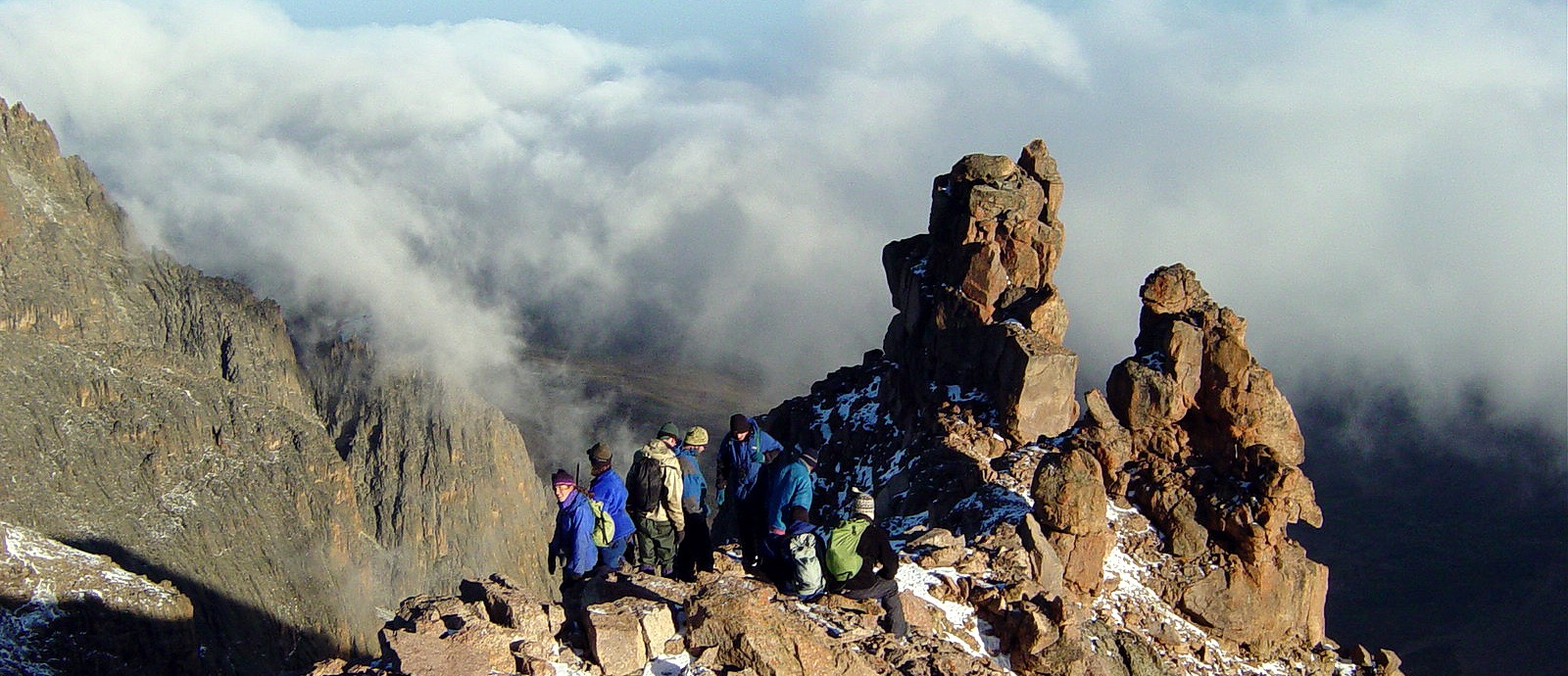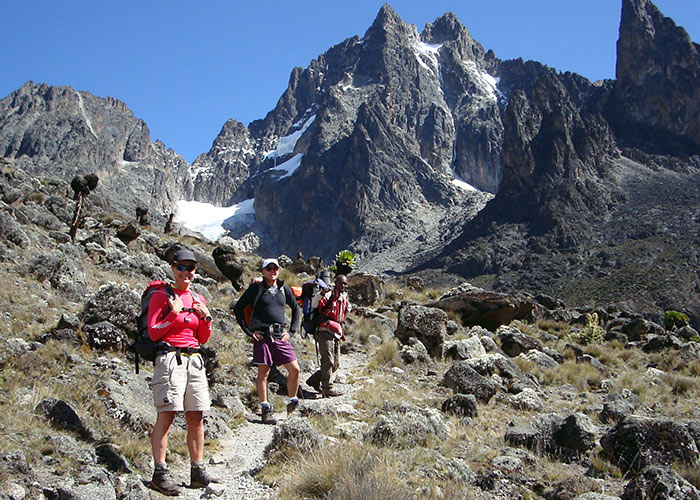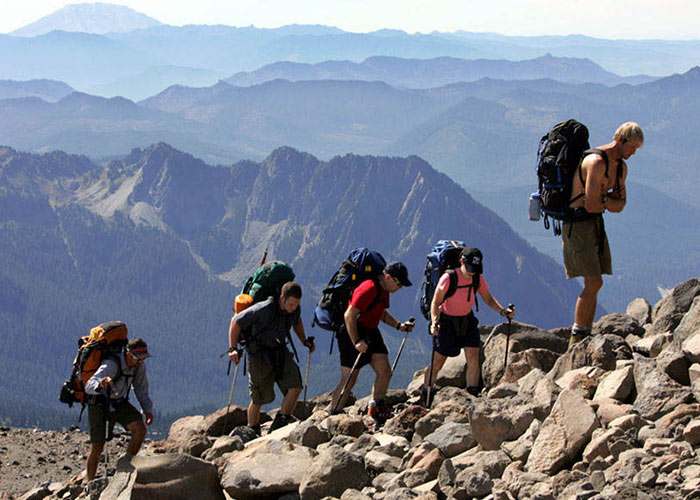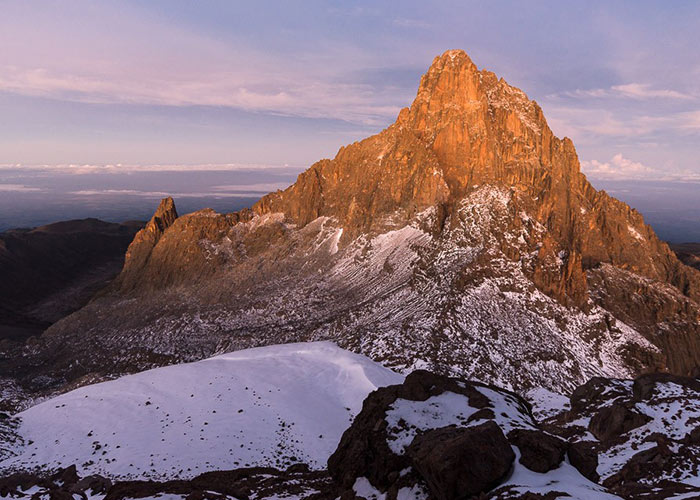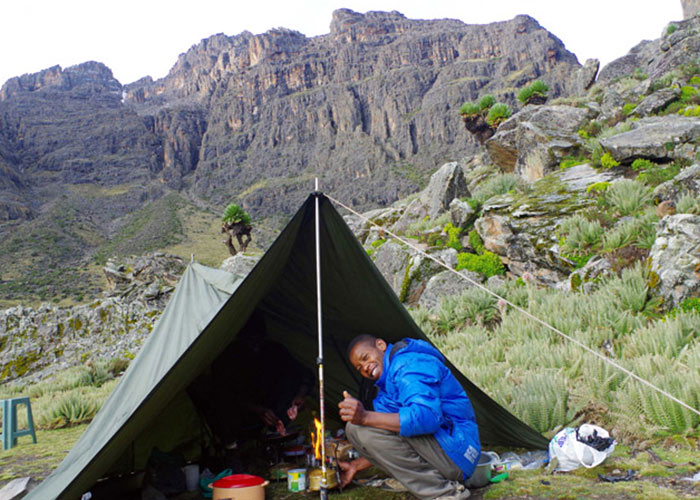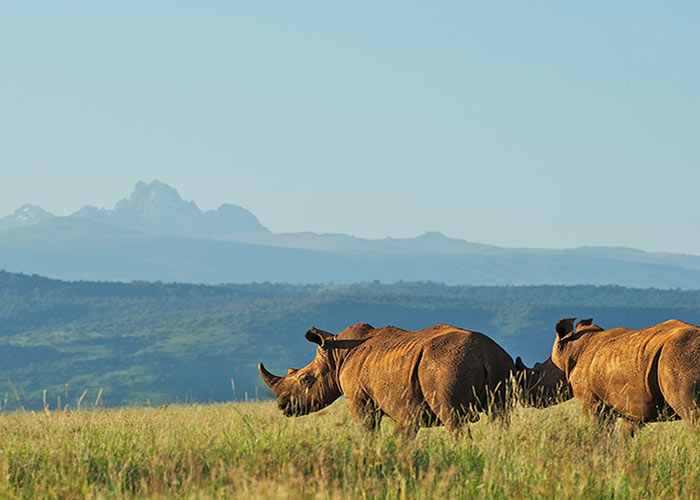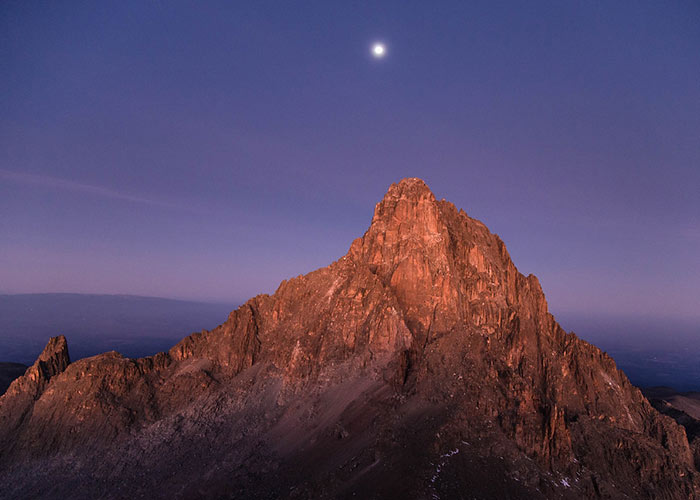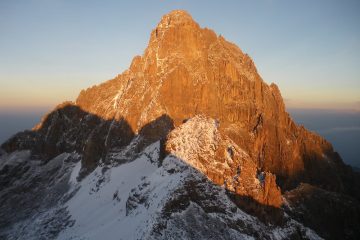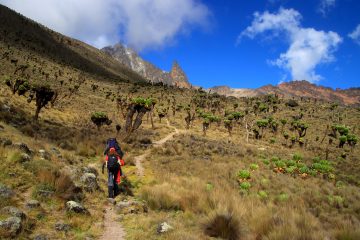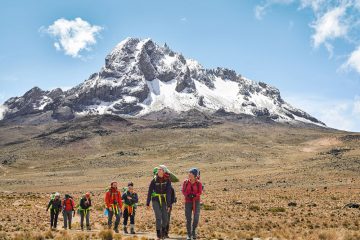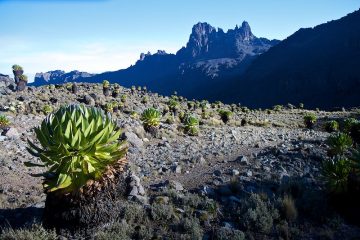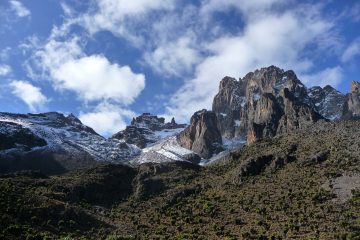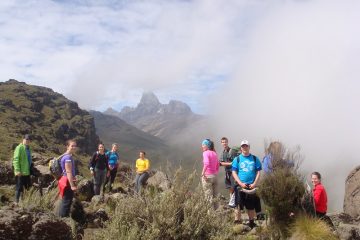Altitude sickness on Mount Kenya is a normal occurence, it is just a matter of how to minimise the risks, how to tackle and avoid it all together.
Few travelers escape altitude sickness entirely over 3,000 meters. Allow two nights at the roadheads at 3,000 meters or at the upper huts at approximately 4,000 meters before continuing upward. Hiking from the park gates to the roadheads is highly suggested on the first day. Increase your daily fluid consumption to 4 to 6 litres, limit strenuous physical activity, and consume a light, carbohydrate-rich diet. Take the signs and symptoms very carefully. If AMS is suspected, rest and acclimate. If High Altitude Pulmonary Edema or High Altitude Cerebral Edema is detected, immediately report to the rescue ranger station and descend.
The amount of oxygen available reduces drastically at high elevations.
This can lead to medical emergencies, which every tourist should be aware of. Acute Mountain Sickness, which causes varying degrees of pain, to High Altitude Pulmonary Edema and Cerebral Edema, both of which can be deadly, are among them. Because instances can quickly advance from moderate to severe, it’s critical to recognize signs.
Related: Altitude Sickness while climbing Mount Kilimanjaro
Mountain Sickness (Acute) (AMS)
Sings or Symptoms: Headache, nausea, weariness, malaise, lack of appetite, and difficulty sleeping are some of the signs and symptoms.
Treatment: Slow down, remain in camp, drink lots of water, and relax as your body adjusts to the higher altitude. If your symptoms persist beyond 48 hours, you should seek medical help.
Pulmonary Edema at High Altitude (HAPE)
Symptoms: Shortness of breath while activity progresses to shortness of breath at rest, a dry cough that becomes frothy sputum, audible gurgling (rales) from the chest area, and an elevated heart and breathing rate are all signs and symptoms.
Treatment: Descend immediately and seek medical help. Because High Altitude Pulmonary Edema does not improve with rest at altitude, the only therapy is to descend. Symptoms might swiftly worsen to the point that the sufferer is unable to walk.
Cerebral Edema at High Altitude (HACE)
Signs/symptoms: Acute Mountain Sickness symptoms include severe headaches, lack of coordination, slurred speech, illogical behavior, and eventually unconsciousness.
Treatment: As with High Altitude Pulmonary Edema, the treatment is to descend to lower ground.
Certain medications have been shown to assist climbers to prevent or lessening AMS symptoms, but they should never be used to treat AMS/HAPE/HACE. Before travelling to the mountain, talk to your doctor.
PROCEDURES IN THE EVENT OF AN EMERGENCY
In the event of an emergency (a serious injury or sickness requiring outside assistance), contact a KWS officer right away. The Ranger Station at the Teleki Valley’s head and the Austrian Hut, as well as the Met Station and the Naro Moru, Sirimon, and Chogoria Gates, are always manned.

